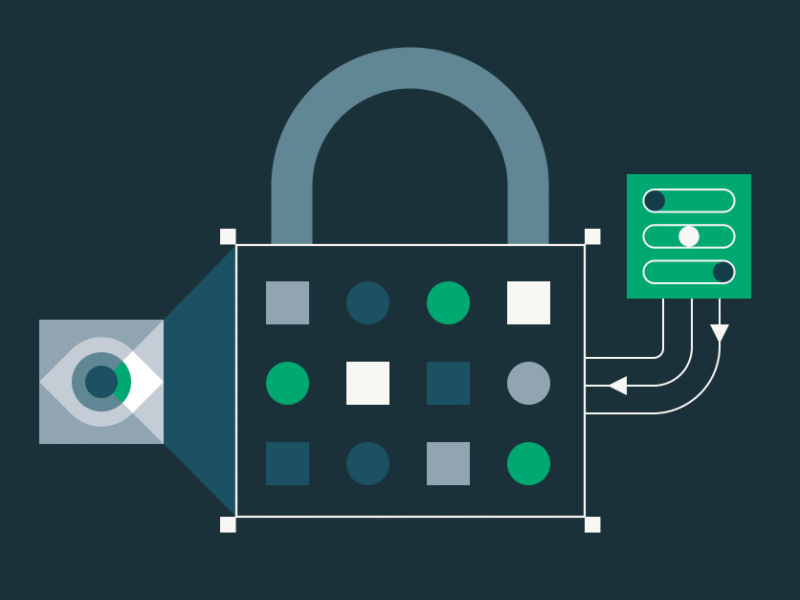Suppose you’ve ever tried to convince someone to switch their bank account, use a new investing app, or try out a digital wallet. In that case, you’ve probably already experienced one thing: people are highly cautious when it comes to how they manage their money. And so they should be.
Trust in the finance world is so much more than a nice-to-have. It’s the whole entire game. Nobody in their right mind is going to part ways with their money and transact with a company that has a dodgy website or a founder with a suspicious reputation. At the same time, people don’t really care how slick your website is or how many features you’ve crammed into your app if they don’t believe that their money is safe with you.
Trust is by far and away the real currency for finance companies, and without it, even the most innovative products will struggle to get adoption. The good news is that trust most definitely can be earned, but it’s not always easy. People are bombarded with options today, but building trust faster and with more intent than your competitors could give you the very edge you need to come out ahead.
So, how do you actually build trust in a space where skepticism runs deep? Let’s break it down.
Lead with radical transparency
Have you ever noticed how financial companies sometimes hide their fees in tiny footnotes or within the small print? That strategy might work in the short term, but in the long run, it’s a devious trust-killer.
Instead, it’s a much better play to lay your cards on the table. Be upfront and honest about how you make money, the risks involved, and what people can realistically expect when engaging with and doing business with your company.
Take Robinhood, for example. One of their biggest hits to their reputation came when customers realized how much of their revenue was tied to “payment for order flow,” a practice that many people found to be questionable. In fact, the SEC even charged Robinhood with misleading customers and failing to satisfy their duty of best execution. Not exactly the best marketing campaign.
Imagine how different that story could have been if they’d decided to own that narrative early on instead of leaving it for critics to expose.
Transparency isn’t about being perfect (because nobody is). It’s about being honest. If you say, “Here’s how we charge you, and here’s why,” people will respect it. Even if it’s not the cheapest option out there.
Build a human brand (not just a financial product)
Finance has a reputation for being cold and faceless. That’s an opportunity for you to capitalize on. The brands that stand out in today’s market are usually the ones that put a human face to this cold side of finance.
When you look at many of the early fintech companies that found success, their early growth wasn’t just because they had a decent-looking banking app. It was because they built a community around their product, and they nailed their messaging strategy. For customers, it felt like they were part of something, not just downloading another utility or dealing with a soulless bank. So how can you emulate this?
- Speak like a real person with your marketing comms, not like a lawyer or hedge fund investor.
- Highlight your team and put a face to the name. Show the people behind the brand.
- Share stories about your journey, not just stats.
When people feel like they “know” you, they’re far more likely to trust you with something as personal as their finances.
Prove your expertise through financial PR
Want to know one of the fastest ways to build trust in the finance world? Get featured in the places your audience already trusts.
If your company is quoted in leading publications (in a positive light), you immediately borrow some of the credibility that those brands have built. A feature in Investing.com, an interview in FXEmpire, or an op ed in Business Insider can do wonders for making your finance brand seem credible, human, and dependable.
It’s the difference between saying, “We’re trustworthy,” and having an established authority vouch for you by giving you their platform. Editorial coverage provides third-party validation that money can’t buy.
Financial PR is the best way to get your voice right into the conversations taking place on these key outlets. Whether it’s through thought leadership articles, expert commentary, or data-driven reports, when potential customers see your CEO quoted in these spaces, their guard tends to drop. You’re no longer just “another fintech startup.” You’re a recognized voice in finance.
Earn trust one interaction at a time
There’s a saying that trust is hard-earned, easily lost, and even more difficult to reestablish. That couldn’t be more true than in the world of finance. So while big-picture branding is essential, trust is actually built (or broken) in the smallest moments. Every time someone emails your support team, checks their balance, or updates their details, they’re asking: Do I still feel safe here? You need to make sure the answer is a resounding “YES!” every single time.
That’s why user experience isn’t just about aesthetics, it’s about reassurance. A glitchy app might not just annoy your customers; it could also lead them to believe their money isn’t safe. Slow support? That’s a red flag, and it might be just the thing that tips your loyal customer over the edge, causing them to jump ship to a competitor.
Consider this: if a restaurant serves you great food but provides terrible service, will you return? Probably not. Finance is no different. Each customer interaction is either going to build or break that trust meter, so build your experiences accordingly.
Final word
Ultimately, anyone can offer an interest rate, an investment tool, or a budgeting app. What separates winners from the rest is how effectively they build and maintain trust with their customer base.
Trust is what gives people the confidence to hand over their paychecks or have their salaries deposited into your app. It’s what keeps them around when competitors come knocking. Trust gets people to move their paycheck. Trust keeps them around when competitors knock on their door.
And remember, you can’t just build trust with a straightforward tactic. It comes from a mix of transparency, human connection, expertise, PR, customer experience, social proof, education, and accountability.
Earn it, and everything else becomes easier. Lose it, and no amount of advertising spend will bring it back.

